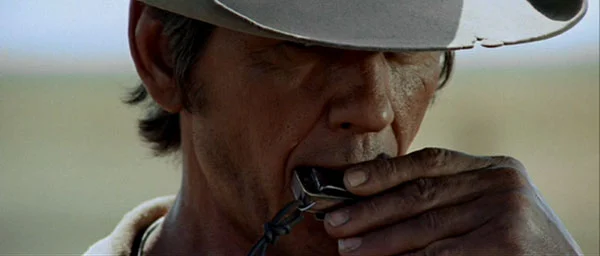Vintage Vinyls
Why records are rising from the dead
January 14, 2022
When an individual wants to listen to a song, technology allows them to play it in seconds, at the touch of their fingertips. However, music has not always been so readily available. The world has gone through various eras of playing music, each more advanced than the last. From record players, to radios, to cassette players, to CDs, to now music streaming platforms, the world has found a way to enjoy music in every generation.
It is reported that vinyl sales have gone up 108 percent since last year. At the beginning of 2020, 9.2 million vinyl records were sold. However, a soaring 19.2 million vinyl records were sold just at the beginning of 2021. It may seem like an unexpected trend, but there are many reasons for the resurgence of vinyls. First of all, vinyls are now more readily available than in previous years. Records can be found at popular stores, like Target and Urban Outfitters, sites like eBay, independent record stores, and vinyl subscriptions like Vinyl Me, Please. According to Brian Thomas, creator and narrator of the podcast, Brian’s Vinyl Records, “People are finally coming back to physical medium music.”
Driven by a majority of millennials, and people under the age of 35, the recent spike in vinyls has fulfilled a desire for a nostalgic and tangible listening experience. When listening to music through your headphones, the music often becomes the backdrop. However, when you have to physically put the record on and place the needle in its exact spot for each song, listening to music becomes the activity, rather than just background noise. Olivia Bachman, a 17-year-old music enthusiast with a long love of vinyl, said, “The physical copy allows me to appreciate the music more and the visual art put into the album.”
Records are also popular for their ability to allow people to slow down and relax. It takes the attention away from whatever stress is occurring and focuses the attention on actually setting up the record, allowing a more relaxing environment. Record sales have also increased with the help of the indie rock genre and the indie aesthetic, which often promotes the novelty of the vinyl rather than conventional streaming services.
In a 2020 survey of over 400 people between the ages of 18 and 70, over 55 percent of people answered yes to whether or not they had a vinyl record player at home. In a group of people 18 to 29 years old, 60 percent had one at home and more were planning on getting one. “People have realized they like having the tangible product in their hand while they’re enjoying their music. I think it’s great,” Thomas said.
Vinyl records may be popular now in the 21st century, but they were first brought to us by Peter Goldmark in 1948. The original LP, or “long playing,” record had a capacity of 21 minutes per side and was 12 inches wide. It could play at a speed of 33 1⁄3 RPM. Records we use today are similar to those introduced by RCA Victor, which turn at 45 RPM and are only seven inches wide. From this, people were then able to create various ways of listening to music, including cassette tapes and CDs.
Although vinyl sales have recently skyrocketed, it isn’t all looking up for record productions. Since the original decline of vinyl sales in the 80’s, many pressing plants where records were made have been shut down. An estimated 40 plants still exist worldwide today; however, only a small number are capable of producing large amounts of records at once. Although there are still plants in production, the lack of machines and a labor shortage has hindered vinyl production. This has also created a decrease in quality in vinyl records, which are being cheaply mass produced. New albums are now a product of capitalism and don’t always hold the same effect as older records that were produced before the turn of the century. They also have increased in average cost, up 490 percent from $4.80 in 2007 to $28.30 in 2017. “I think that the fad of buying modern music will revert to online streaming while 60’s, 70’s, and 80’s classics will still be bought on vinyl,” Bachman said.
Thomas also expects that cassettes and CDs will gain more popularity with the rise of physical mediums for music, and with increasing trends based on 20th century nostalgia. Whether vinyls will stand the test of time is still unknown, but it is sure to remain a major part of music history.











